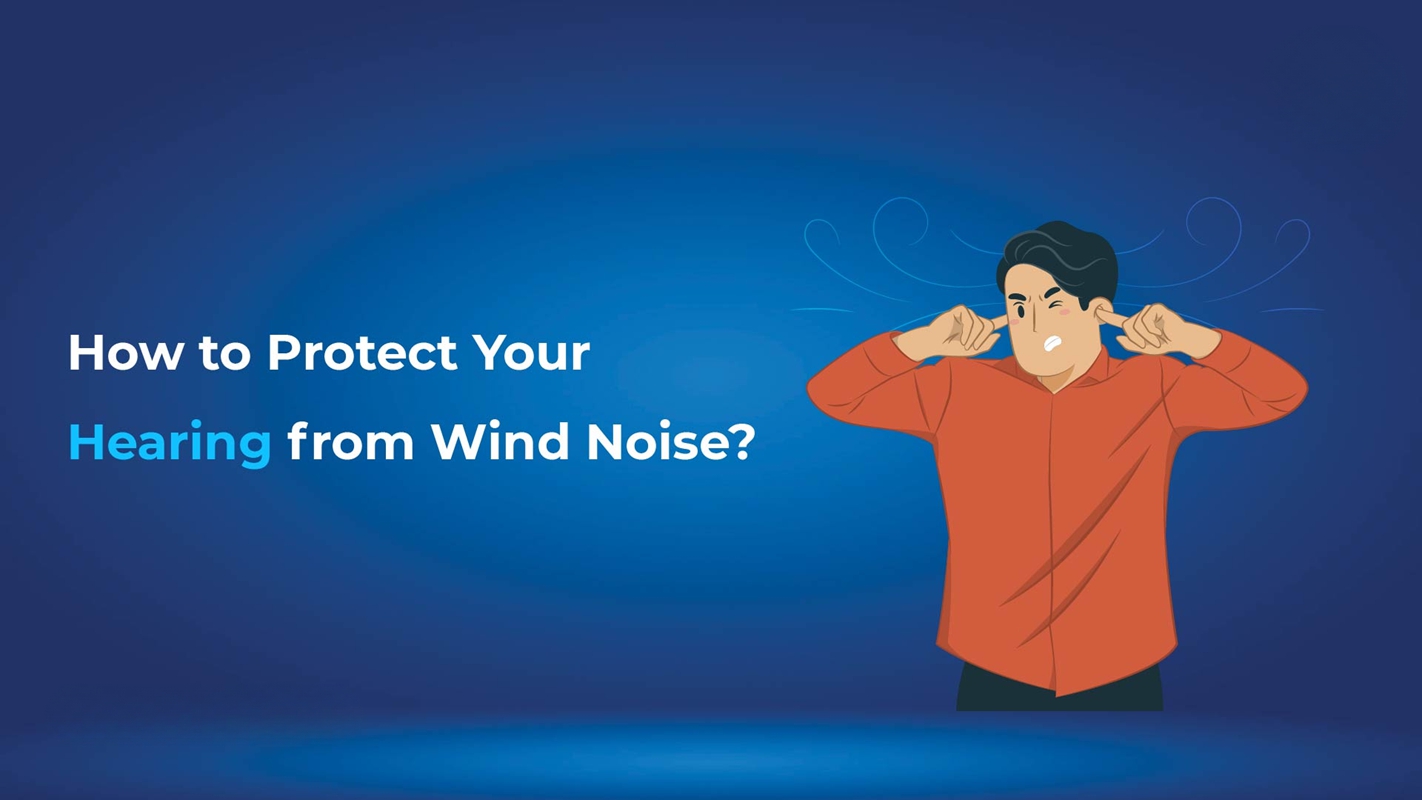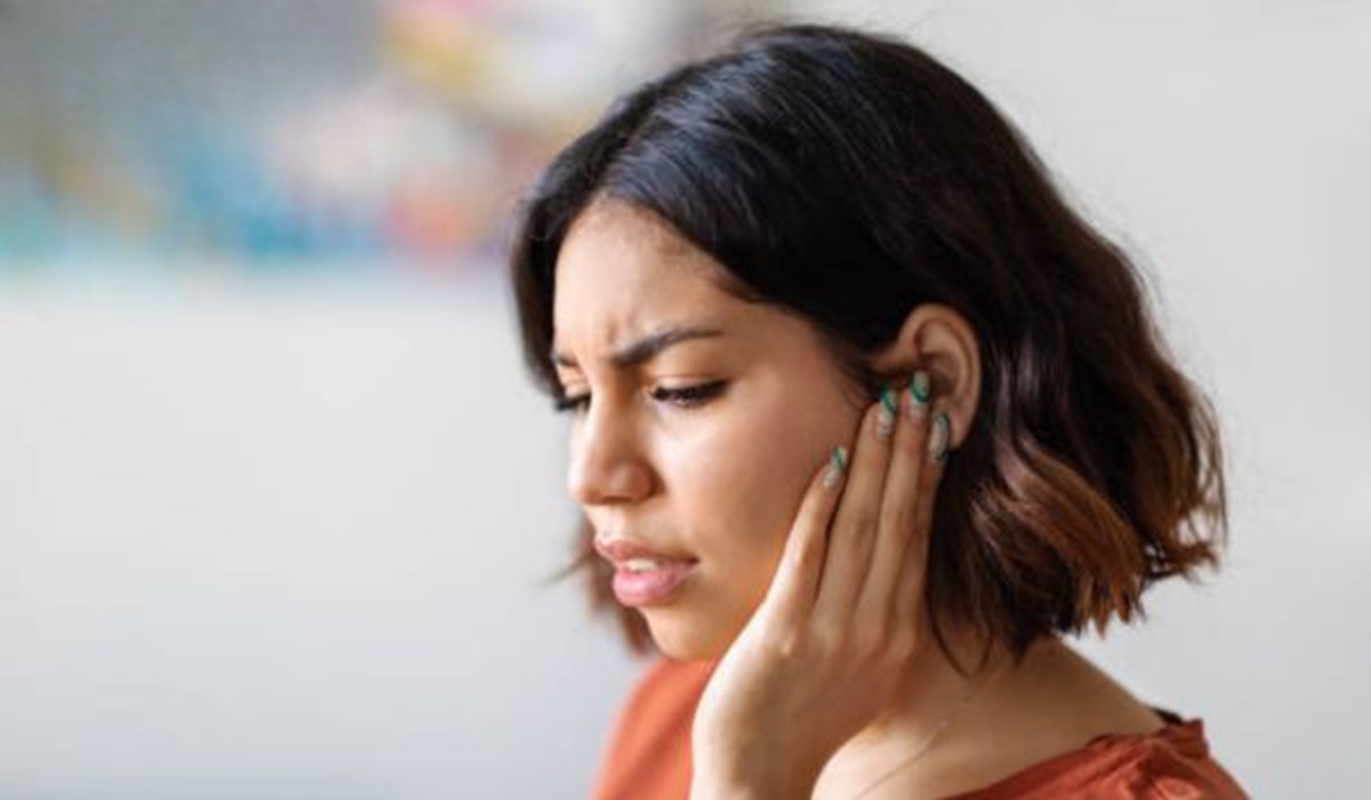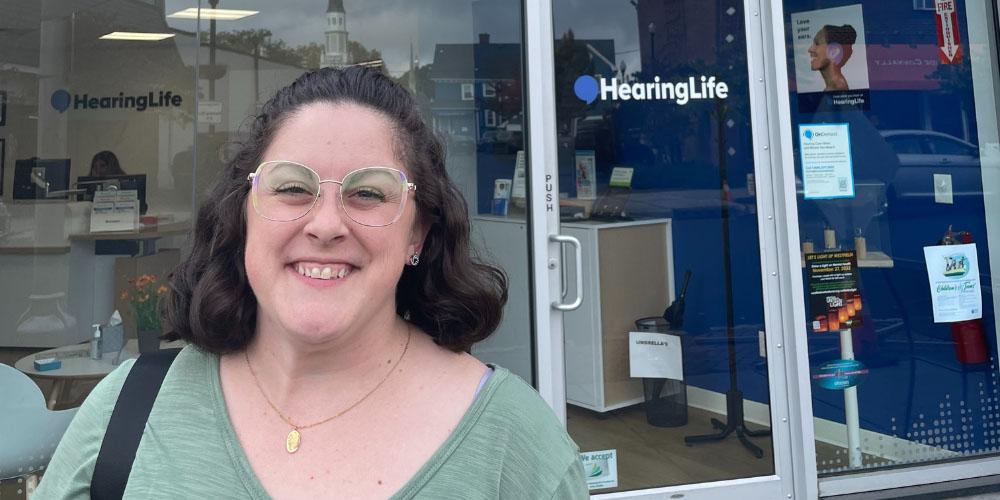
The Effects of Wind Noise on Hearing & How to Protect Yourself
We usually think of wind as refreshing, a welcome breeze on a hot day or a gentle gust while walking. But if you’ve ever worn hearing aids on a windy afternoon or tried having a conversation outdoors during a strong breeze, you know it’s not always so pleasant. True, wind noise might seem less of an issue, but to many, it can hinder hearing and communication and cause discomfort when outdoors.
Here, we take a closer look at the auditory aspect of wind, especially if one is an aid wearer, and see how the ears are to be protected.
Why Wind is So Loud
Wind rushing past the ears at great speeds can create turbulence. The turbulence strikes against the outer ear, creating a low-frequency sound. For most people, it would be much of an eerie whooshing. For a hearing aid user, however, it is a very different situation.
Hearing aids have sensitive microphones designed to pick up and amplify extremely soft sounds such as speech. When wind hits those microphones, they usually produce a rushing noise that is very loud compared to most other sounds and abruptly "drowns out" everything else, interrupting the hearing aid wearer's thoughts and people's ability to follow and enjoy a conversation.
Can wind damage ears?
It’s a fair question: does wind noise damage hearing?
Under normal conditions, occasional wind exposure isn’t harmful. But in situations where you’re exposed to high-speed wind for extended periods like on a motorbike, a boat, or during outdoor work the loud sustained pressure combined with environmental noise can take a toll over time. It can cause temporary hearing fatigue, discomfort, and in rare cases, contribute to long term damage.
And while the wind itself doesn’t usually cause hearing loss, the effects of wind noise can create sharp bursts of sound that are not only distracting but also mentally exhausting.
That’s why wind noise hearing damage is a valid concern, particularly for people already managing hearing sensitivity.
Hearing Aids and Windy Conditions: A Tough Combo
For anyone wearing hearing aids, a windy day can quickly become a noisy one. Hearing aids and windy conditions often don’t get along.
Wind causes problems like:
- Loud interference that masks voices and environmental sounds
- Reduced sound quality, making conversations difficult
- Overamplification of low-frequency wind noise
- Discomfort from unpredictable bursts of wind hitting the microphones
Even the most advanced hearing aids struggle with this. While many modern devices come with wind reduction features, the performance can vary depending on the direction and speed of the wind.
So yes, hearing aids and windy conditions can be frustrating, but there are ways to manage them.
How to Protect Your Ears from Wind
Thankfully, you don’t have to avoid the outdoors. A few smart adjustments can make a big difference.
1. Cover Your Ears in Windy Weather
Simple coverings like a fleece headband, cap, or earmuffs provide great wind protection for ears. They reduce the direct impact of wind without blocking your hearing entirely.
2. Use the Right Hearing Aid Settings
Ask your audiologist about wind specific settings. Some hearing aids let you switch to an outdoor mode that reduces wind noise. Others can be programmed to automatically adjust when they detect wind.
3. Choose the Right Style of Hearing Aid
Behind-the-ear models are more exposed to wind. If you live in a windy place or spend a lot of time outside, in-the-ear or completely-in-canal styles may offer a quieter experience.
4. Face Away from the Wind When Speaking
It sounds simple, but turning your head slightly or positioning yourself away from the wind helps reduce the sound hitting your microphones directly.
But Can Wind Damage Your Ears?
It’s rare, but yes. Wind damage to the ears is a real concern.
Cold, strong winds combined with long exposure can irritate the skin and the ear canal. Some surfers and skiers even develop a “surfer’s ear,” where bone growth forms in response to cold wind and water. While this isn’t common for most people, it’s a reminder that regular protection matters.
The Bottom Line
Wind noise can make hearing difficult, especially for those using hearing aids. While most breezes aren’t harmful, strong or sustained wind can lead to discomfort, fatigue, and missed moments — whether you're walking your dog, riding your bike, or simply trying to enjoy nature.
So, does wind noise damage hearing? It can interfere with your daily life more than you might expect.
And when it comes to hearing aids and windy conditions, the solution isn’t avoiding the outdoors. It’s being prepared. A mix of the right hearing aid settings, smart accessories, and a little planning can help you hear clearly.
FAQs
What is the effect of wind on sound?
Wind can distort sound by bending or carrying it in different directions, making it harder to hear clearly. It can also create its own rushing noise, especially near the ears.
How to get rid of wind noise in the ears?
Wearing ear covers like headbands or caps helps block the wind. For hearing aid users, enabling wind reduction settings or switching to in-the-ear models can reduce the noise.
Can wind damage ears?
In everyday situations, no, but long exposure to intense wind and environmental noise can cause hearing fatigue. With hearing aids, wind bursts can be especially uncomfortable.
What does wind do to your ears?
Wind can cause a loud, whooshing sound that interferes with hearing and may irritate the ear canal in cold or dry conditions. It’s more noticeable if you wear hearing aids.















